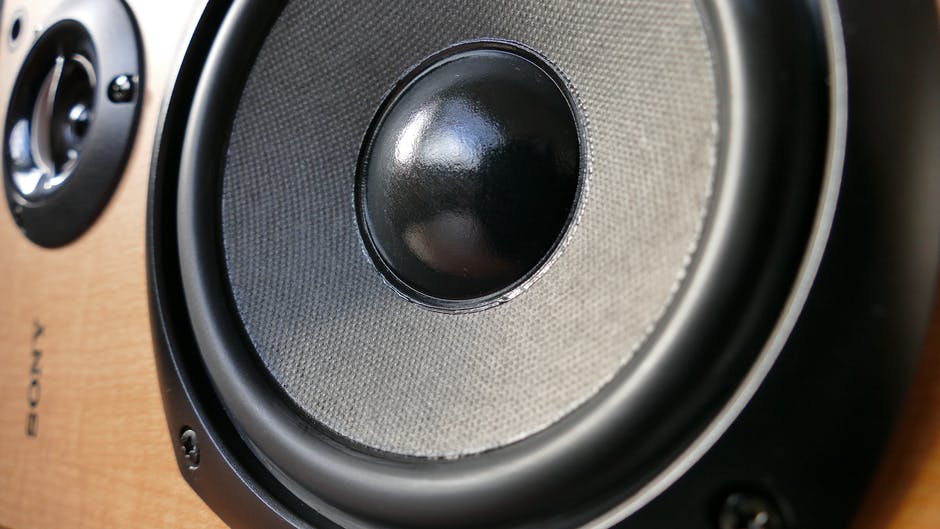
Active vs. Passive Subwoofer: What Are the Differences?
Setting up your own home theatre system can be an exciting project for anyone interested in getting the best quality of sound. With the costs involved, though, it’s really important you don’t make a big mistake in which speakers you decide to invest in since the average cost of a home theater in the United States is $2,000 to $33,000.
Don’t get caught out with an incompatible sound system. Depending on which room your sound speaker will be set up in, you might need an active or a passive subwoofer. Find out the differences between the two systems in our quick active vs. passive subwoofer guide including the pros and cons of each system.
Why Use A Subwoofer?
A complete set of surround sound speakers provide a wide arrangement of tones and pitches. A large number of those on offer, however, don’t have the capacity or range to produce truly deep, rich bass tones. This is where subwoofers come in.
A subwoofer is a speaker designed to emit low-frequency sounds. With a quality one in your arsenal, like those from Big Jeff Audio, your speakers deliver the full range of sounds that enrich your home cinema experience. So now you know how important subwoofers are, the next question is, which type of subwoofer should you get?
What is an Active Subwoofer?
Active subwoofers are also referred to as powered subwoofers. This is because an active subwoofer includes its own power source, such as a built-in amplifier. These subwoofers are considered an all-in-one solution for home theater owners because the built-in amplifier is ideally matched to the power needs of the speaker.
Active Subwoofer Guide: Pros and Cons
Active subwoofers tend to be the most popular choice because they don’t require extra components or parts and they produce a deeper, more impactful sound than passive subwoofers. Here are some of their main pros and cons to help you decide if an active subwoofer is right for you:
- They don’t require as many cables as passive subwoofers
- Set up is typically easier
- Quality sound can be provided from a single unit instead of needing multiple ones
- Active subwoofers require more power to work
- They are typically more expensive than passive models
What is a Passive Subwoofer?
A passive subwoofer doesn’t have an internal power source and requires the use of an external power source. This can include an amplifier or receiver. Passive subwoofers involve a little more know-how and effort to set up but are often preferred by home theater designers.
Passive Subwoofer Guide: Pros and Cons
Generally, a passive subwoofer is a better bet for a small room when you don’t need a more powerful sound. Some of the main pros and cons include:
- Often cheaper than active subwoofers
- Consumes less power
- You can have more than one subwoofer in your setup
- More technical expertise is needed to avoid the problem of inadequate power
- More cables are required which can be difficult to hide
Active vs. Passive Subwoofer: Which is Better?
In the battle of active vs. passive subwoofer, the winner all depends on where your home theatre set up is located and how much time you’re willing to invest in installation. If you’re still not sure about which is right for you, you can dig deeper into the world of sound systems by heading to our Technology section.
